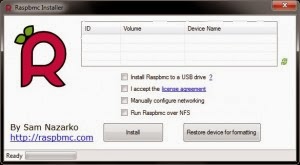Stored Procedure che mostra l’utilizzo di dichiarazione variabili, cursori annidati, ciclo while, if then.
BEGIN
declare v_col2 int default 0;
declare no_more_rows2 int default 0;
DECLARE finito INT default 0;
DECLARE OrderItemID INT;
DECLARE userId INT;
DECLARE example_cursor CURSOR FOR select id from imps_customer_tb;
DECLARE CONTINUE HANDLER FOR NOT FOUND SET finito = 1;
— open the cursor
OPEN example_cursor;
ciclo: WHILE NOT finito DO
— read the name from next row into the variable l_name
FETCH example_cursor INTO userId;
INSERT INTO imps_offer_tb (`PROG_ANNO`, `EMISSION_DATE`, `DIVISION_ID`, `CUSTOMER_ID`, `CREATION_DATE`, `LAST_UPDATE_DATE`, `STATO_ID`, `TOTAL_AMOUNT`,`PRIMARIA`) VALUES (1, ‘2013-11-28’, 1, userId, ‘2013-11-28 17:03:25’, ‘2013-11-28 17:03:26′, 1, 0,’y’);
set OrderItemID = LAST_INSERT_ID();
BLOCK2: begin
declare v_col2 int;
declare no_more_rows2 INT default 0;
declare cursor2 cursor for select distinct of.id from imps_course_tb of, imps_offer_tb o WHERE o.CUSTOMER_ID = userId and of.OFFER_ID = o.ID ;
declare continue handler for not found set no_more_rows2 = 1;
open cursor2;
LOOP2: WHILE NOT no_more_rows2 DO
fetch cursor2 into v_col2;
if v_col2 <> 0 then
UPDATE `imps_course_tb` SET `OFFER_ID`=OrderItemID WHERE `ID`=v_col2;
end if;
END WHILE LOOP2;
CLOSE cursor2;
end BLOCK2;
END WHILE ciclo;
CLOSE example_cursor;
END
Ottimo debug per mysql:
http://mydebugger.com/










